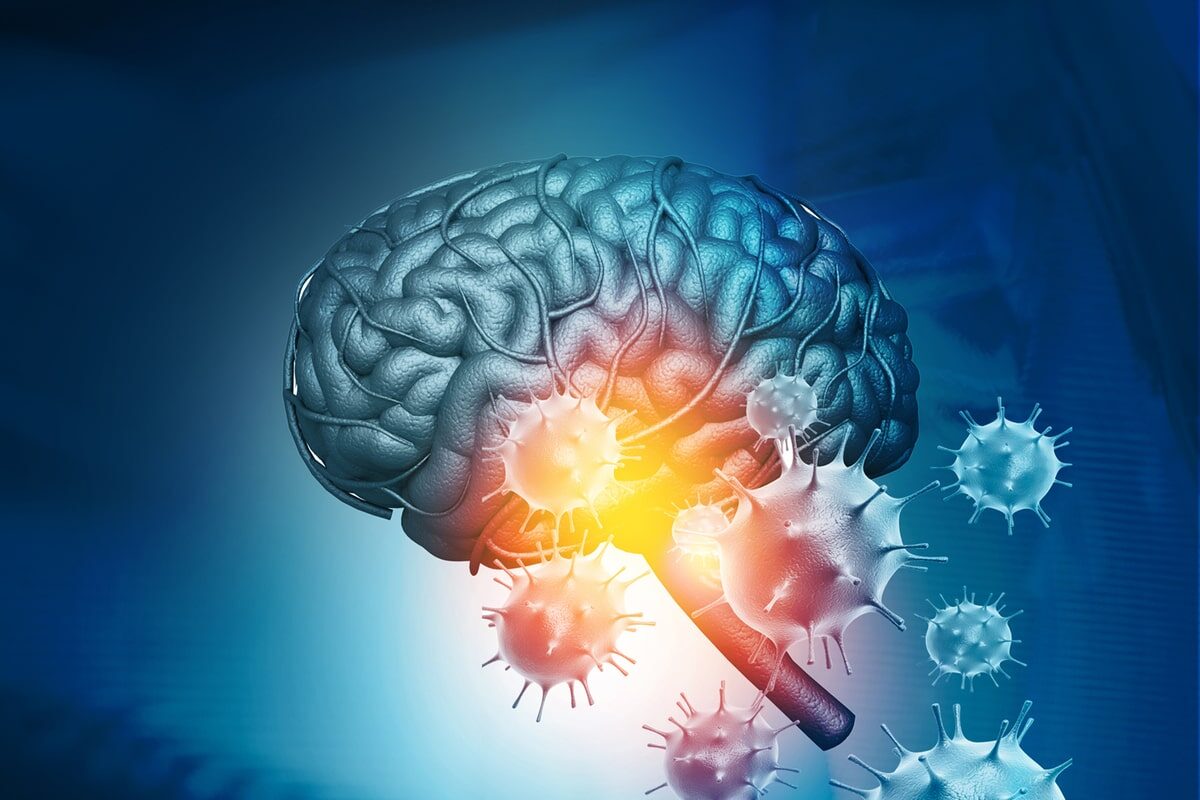Folate, a B vitamin found naturally in fruits and vegetables and available in vitamin supplements is usually recommended for women who plan to become pregnant to ensure proper neurodevelopment of their babies. On the contrary, a new research from Johns Hopkins suggests too much folate during pregnancy increases the risk of autism spectrum disorder in their offsprings.
The study further elaborates that a new mother with blood levels of 4 times the adequate amount of folate would double the risk of autism in her child. Very high vitamin B12 levels also triple the risk of autism. The study included 1391 mothers at the time of their children’s birth between 1998 and 2013 and followed for several years. The mother’s blood folate levels were checked once within 1-3 days of delivery. One in 10 of the women had an excess amount of folate and 6% had an excess amount of vitamin B12. Majority of the mothers in the study reported having taken multivitamins -which would include folic acid and vitamin B12-throughout pregnancy.
The study’s lead author Ramkripa Raghavan infers from the study the need to figure out the optimal dose of this important nutrient throughout pregnancy.





